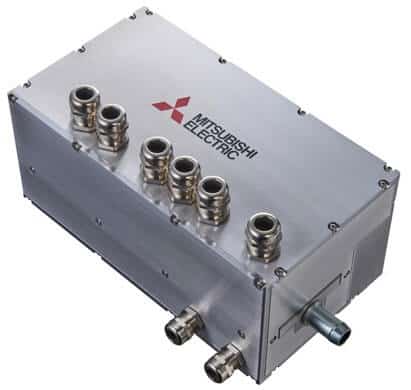STMicroelectronics has extended its SLLIMM™ nano series of Intelligent Power Modules (IPMs) for motor drives with more package options that help minimize overall size and complexity, extra integrated features, and greater efficiency leveraging the latest-generation 500V MOSFETs.
With a current rating of 1A or 2A, the new IPMs target applications up to 100 Watts, such as refrigerator compressors, washing-machine or dishwasher motors, draining and recirculation pumps, fans, and other drives running at less than 20kHz in hard-switching circuitries. Operation up to 150°C allows use in harsh environments.
The modules integrate a three-phase MOSFET bridge and gate-driver HVICs, with value-added features including an unassigned op-amp and comparator for functions such as over-current protection and current sensing. Additional built-in safety features include interlocking to prevent shoot-through currents from damaging MOSFETs of the bridge, a fault-status output, shutdown input, and smart-shutdown capability. An optional built-in thermistor helps simplify over-temperature protection.
In addition to the zig-zag lead option, the new series is also available in a line-lead package. These give designers extra flexibility to simplify the board layout and minimize controller size in mechatronic assemblies and other space-constrained applications.
The high thermal performance of the packages, combined with the superior efficiency of ST’s latest 500V MOSFETs, enhances designers’ freedom to minimize heatsink size or create heatsink-free solutions for lower-power applications. The low MOSFET on-resistance of 3.6Ω and 1.7Ω, in 1A and 2A variants, respectively, combines with low switching losses to ensure high overall energy efficiency. The MOSFETs have separate open-emitter connections to module pins, which simplifies use of three-shunt current sensing for field-oriented motor control (FOC) or single-shunt sensing for trapezoidal control. The modules also integrate the bootstrap diodes needed to control the high-side MOSFET gates, further minimizing demand for external components.
The STIPN1M50T-H, STIPN1M50-H, STIPN2M50T-H (L), and STIPN2M50-H are in production now, priced from $4.50 in the Dual Inline Package for orders of 1000 pieces.
For further information please visit www.st.com/ipm
Source


